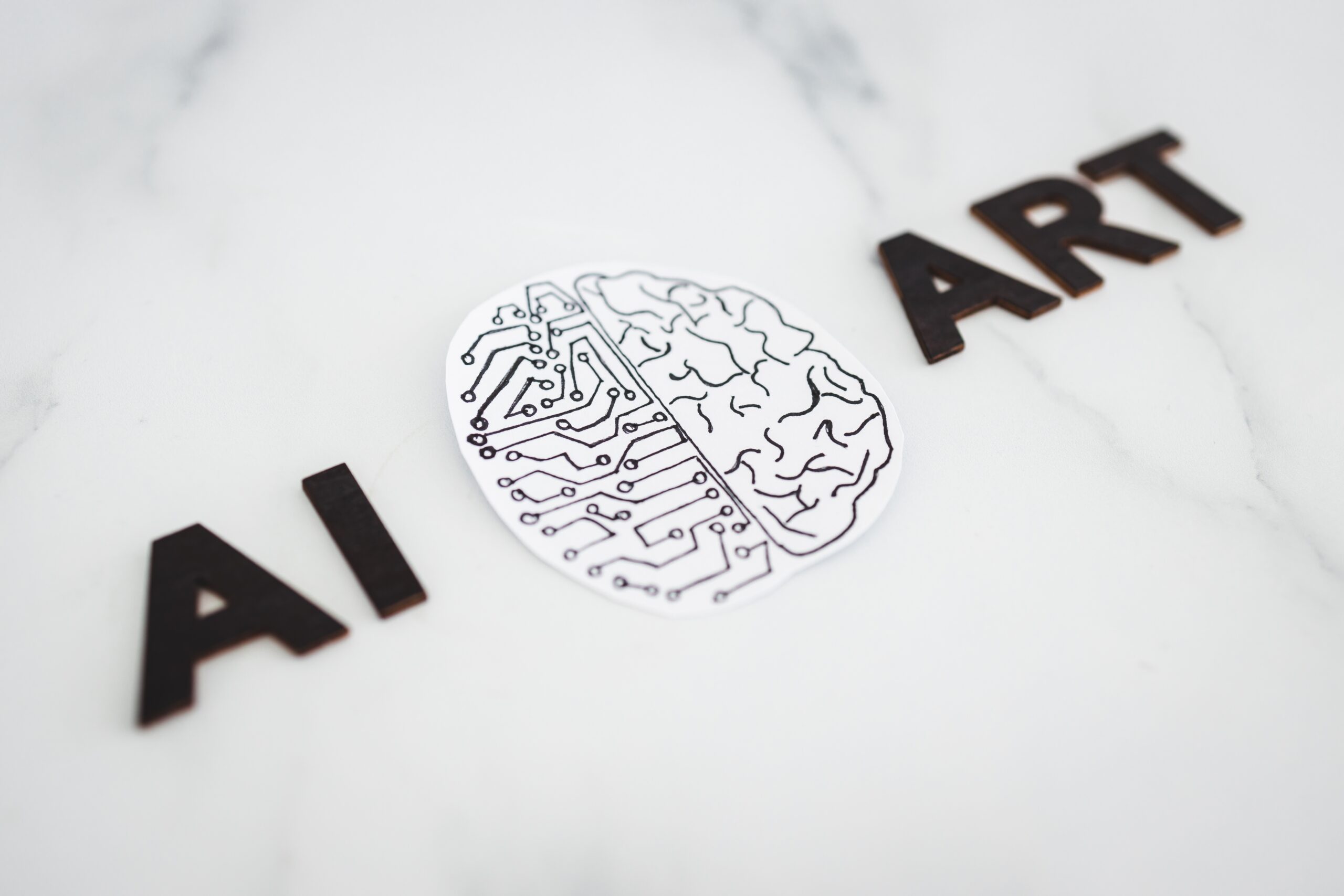Art has perennially captivated the human imagination, and its amalgamation with artificial intelligence has heightened interest, enticing individuals to delve into this novel fusion of creativity.
In the creation of AI art, specific tools are indispensable. This guide will focus on AI art generators, essential instruments for producing AI-driven art.
Defining AI Art:
AI art encompasses visual or auditory artwork crafted through prompts and sophisticated machine-learning frameworks. It can translate your artistic concept into reality through keystrokes, effortlessly bringing your vision to fruition on the screen.

CypherMindHQ.com Artificial Intelligence Crypto Trading System - Surpass the competition with this cutting-edge AI system! Utilize the prowess of innovative algorithms and amplify your crypto trading strategies with CypherMindHQ. Learn more today!
It’s critical to acknowledge that while traditional and AI art represents forms of creative expression, they possess distinct characteristics. These forms diverge in aspects of creativity, execution speed, and the level of skill required. Traditional art affords the artist greater control over the creative journey, from initial drafts to the finishing touches. In contrast, AI art is generated through prompts, with the machine determining the final product.
AI artistry’s essence lies in producing visually captivating works primarily through crafting effective prompts and the intricate systems that underpin AI without the necessity for traditional artistic tools or extensive professional experience.
AI Art Generators Explained
AI art generators function as digital artists or collaborators, leveraging artificial intelligence to produce or co-create remarkable artworks. Armed with advanced machine learning algorithms and deep learning frameworks, they analyze extensive art collections to understand various styles, techniques, and motifs.
These digital apprentices diligently study artistic masterpieces to hone their craft. With this accumulated knowledge, an AI art generator can produce new, original pieces that either reflect or build upon traditional styles.
These AI innovations can generate many art forms, from classical to contemporary digital art. Beyond creating art from the ground up, they serve as invaluable assistants, offering creative suggestions, simplifying the artistic process, and opening new pathways for artistic exploration.
For creators, AI art generators provide a vast playground of possibilities, enabling endless experimentation with diverse styles, combinations, and iterations.
AI Art Generators: Technical Foundations
Artificial Intelligence (AI) art generators employ machine learning methodologies to produce unique artistic creations or enhance users’ creativity. While generating art through these platforms may seem straightforward for users, facilitated by simple text prompts, the underlying technology involves a more complex process.
These digital artists undergo a rigorous training phase akin to technical education, where they are fed vast datasets. This immersion in data allows them to absorb information extensively during their developmental phase. Through machine learning algorithms and deep neural networks, these systems acquire the skill to analyze and reinterpret existing artworks and imagery.

CypherMindHQ.com Artificial Intelligence Crypto Trading System - Outpace the competition with this high-end AI system! Leverage the capabilities of progressive algorithms and enhance your crypto trading performance with CypherMindHQ. Learn more today!
Capability Overview of AI Art Generators
AI art generators are versatile tools with applications across numerous sectors and objectives:
- Business Productivity: These generators enhance operational efficiency within businesses by simplifying creative processes. A minimal set of actions enables firms to produce custom visuals, optimizing time and resources.
- Marketing and Advertising: AI-generated imagery revitalizes marketing strategies, from digital advertisements to social media endeavors. These innovations allow for the creation of eye-catching promotional materials and can inspire unique brand logos, thus strengthening brand identity in a crowded market.
- Entertainment Industry: AI art generators act as digital collaborators in entertainment, materializing creative concepts. They facilitate the production of concept art for movies, video games, and comics, enabling creators to visualize their ideas and promote innovation through streamlined collaboration efficiently.
Benefits of Using AI Art Generators
The advantages of employing AI art generators are manifold, including but not limited to:
- Universal Access: These platforms democratize art creation, opening the field to individuals regardless of their artistic background or training, thus removing barriers to creative expression.
- Efficiency and Speed: Automating labor-intensive tasks like image editing and design creation, these technologies accelerate the creative process, swiftly enabling the realization of artistic visions and freeing up time for other pursuits.
- Creative Exploration: AI art generators act as infinite sources of inspiration, sparking user creativity. They offer vast artistic expression and exploration possibilities, catering to AI enthusiasts and those seeking new creative avenues.
Challenges Associated with AI Art Generators
Given that AI generators are trained on pre-existing artworks, there is a risk of replicating negative biases in human-created content. Efforts are made to mitigate this through content filtering, though the potential for subpar creations remains.
Moreover, the growing popularity of AI art generators has sparked discussions on the ethics and legality of using such technology for content creation, particularly concerning the impact on artistic ownership and intellectual property rights.
Examples of AI Art Generators
Several AI art generators have made significant contributions to the field:
- DALL-E: An innovation by OpenAI, this model generates images from textual descriptions, offering the capability to create imaginative visuals based on user inputs.
- RunwayML: A platform offering access to pre-trained models for AI-generated art, RunwayML provides a suite of creative tools for style transfer, image generation, and text-to-image synthesis.
- DeepArt: This online service utilizes neural networks to convert photographs into artworks mirroring the styles of renowned artists, providing users with tools to produce visually compelling results.
Conclusion
AI art generators have emerged as valuable tools for both novices and professionals in the art world. Their ease of use and efficiency opens new avenues for creative expression, merging digital art with virtual reality to craft interactive and immersive experiences.



